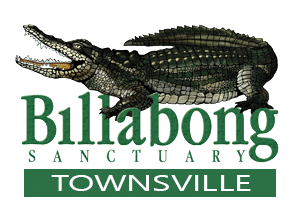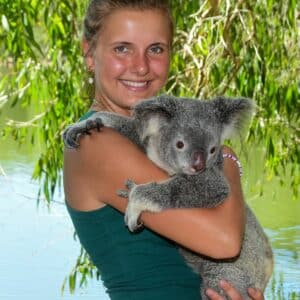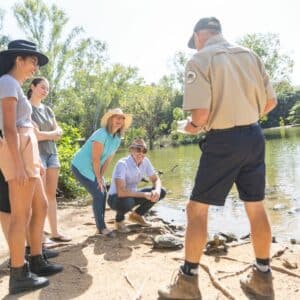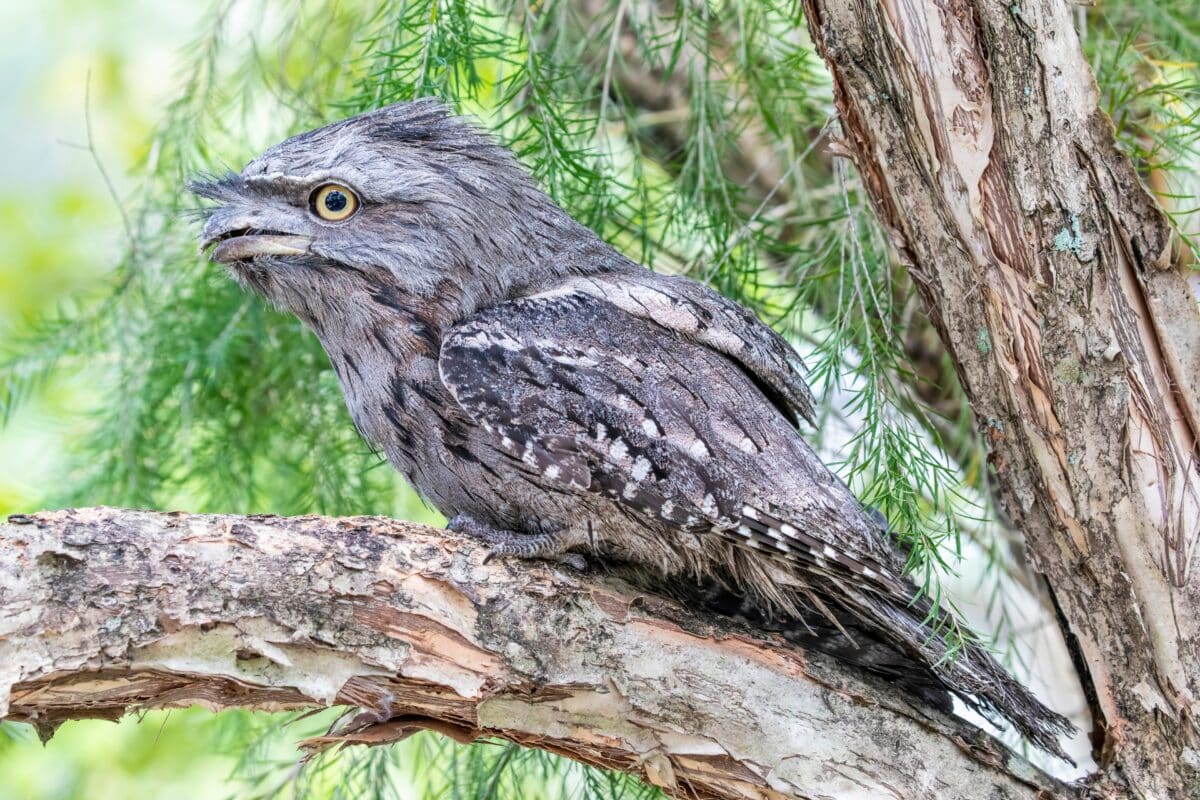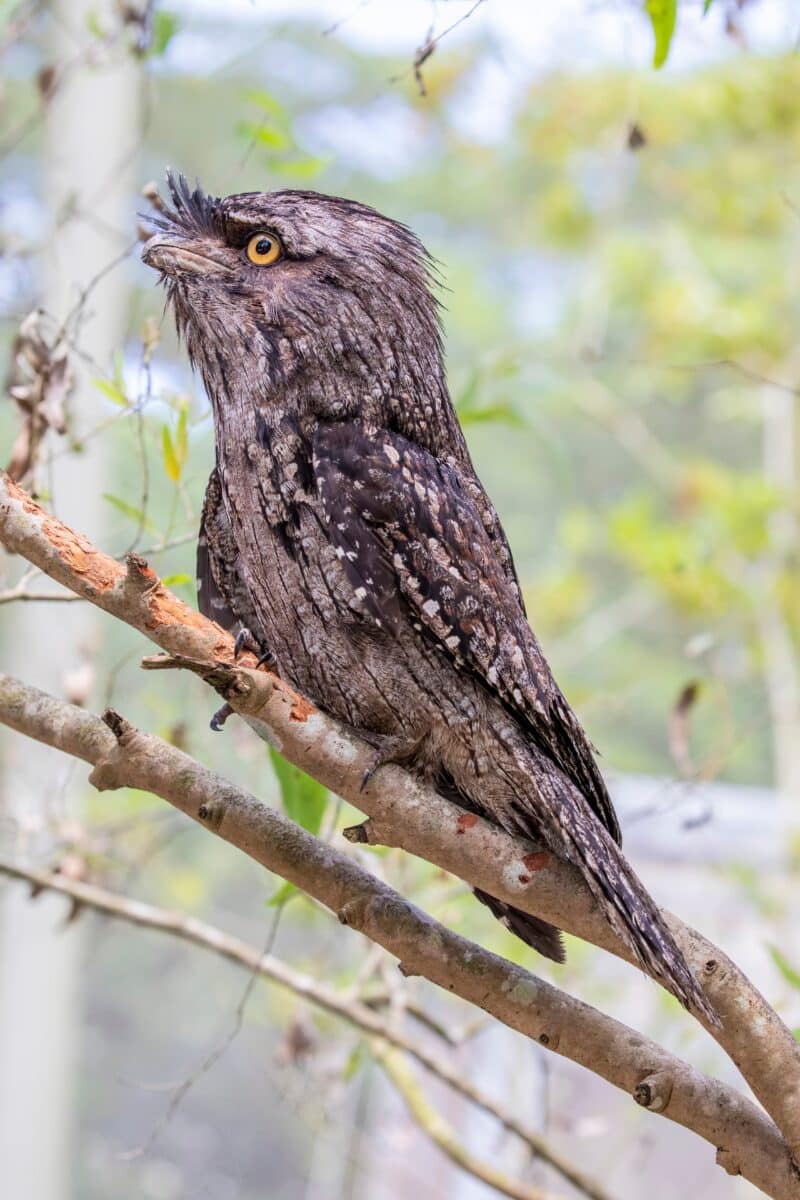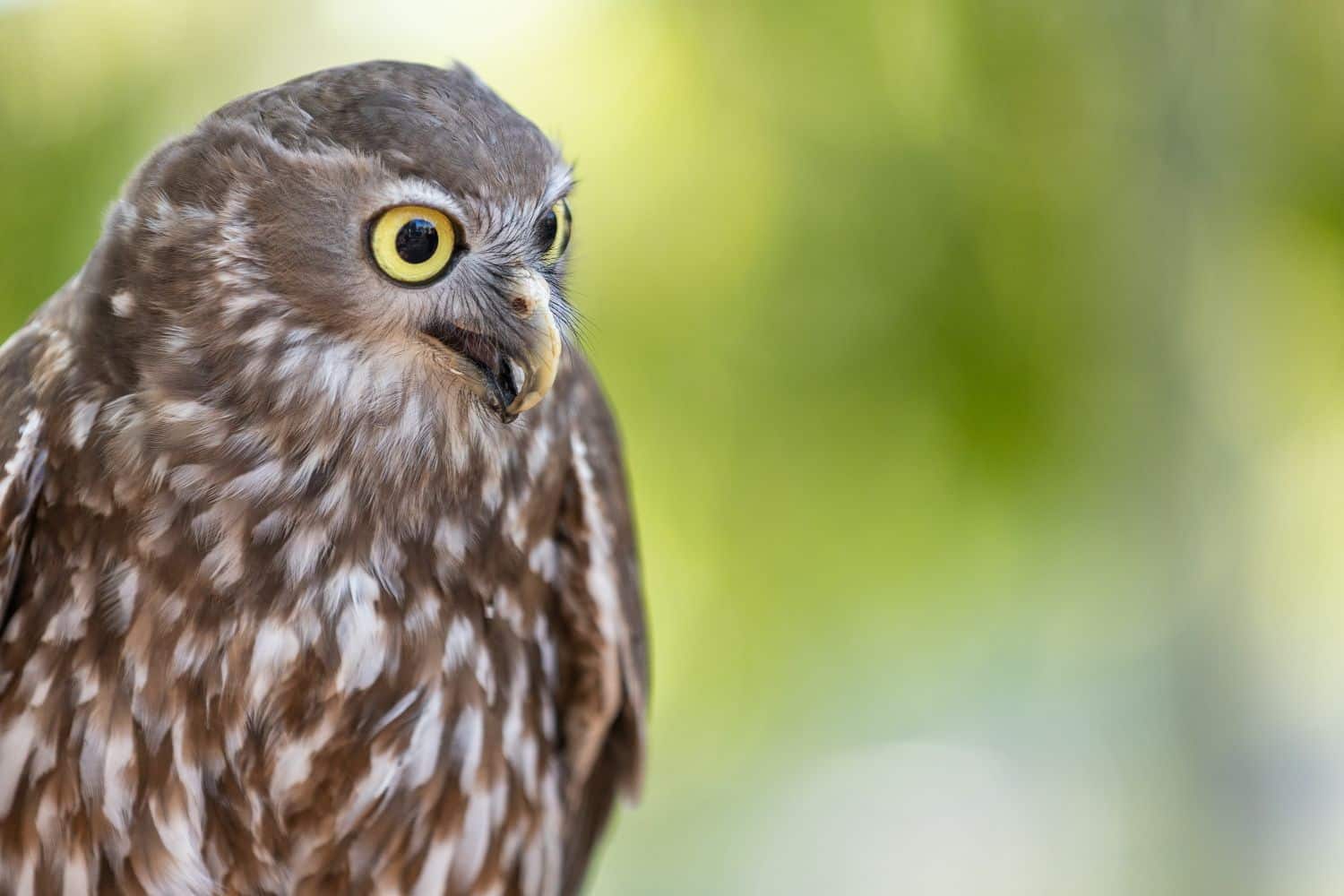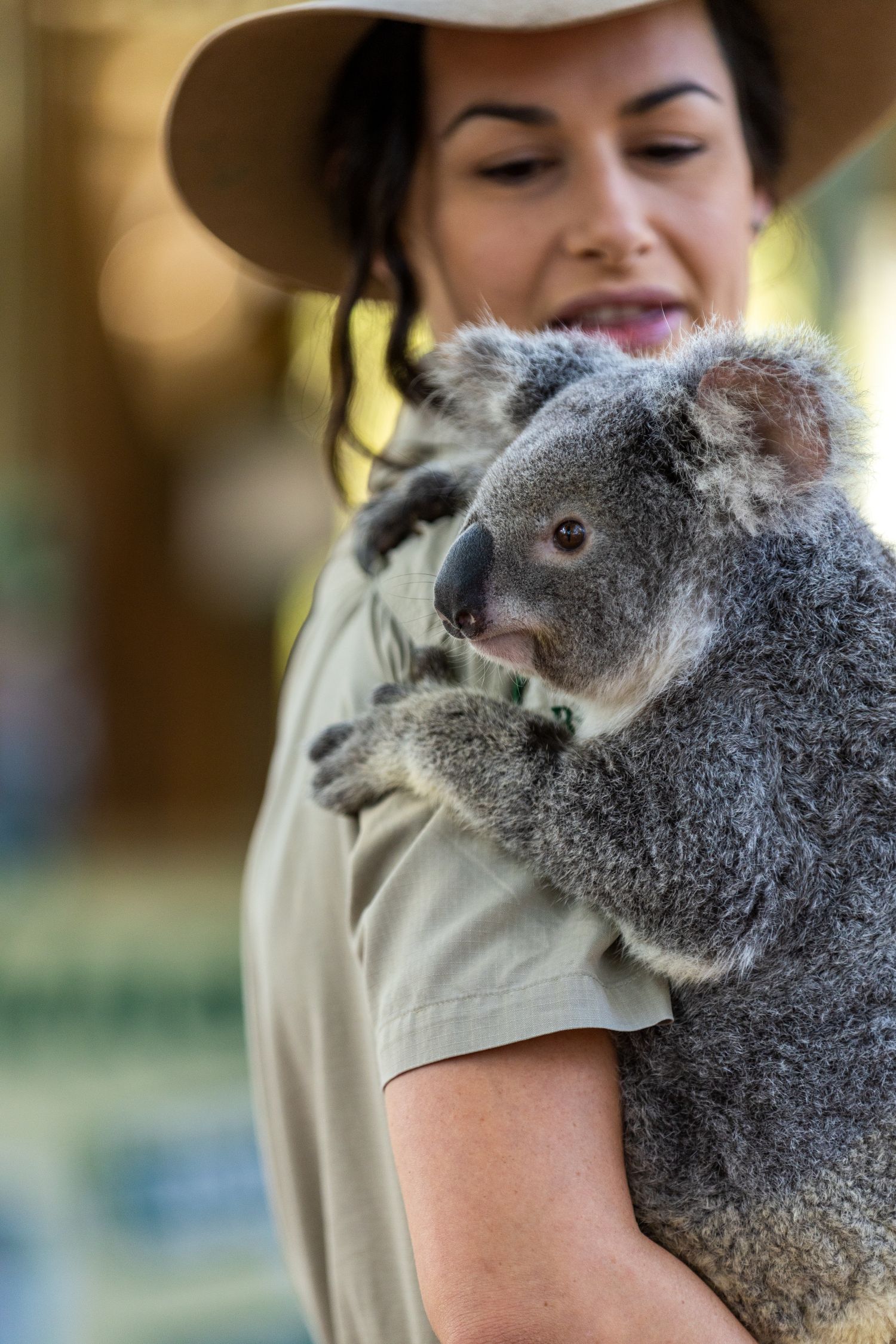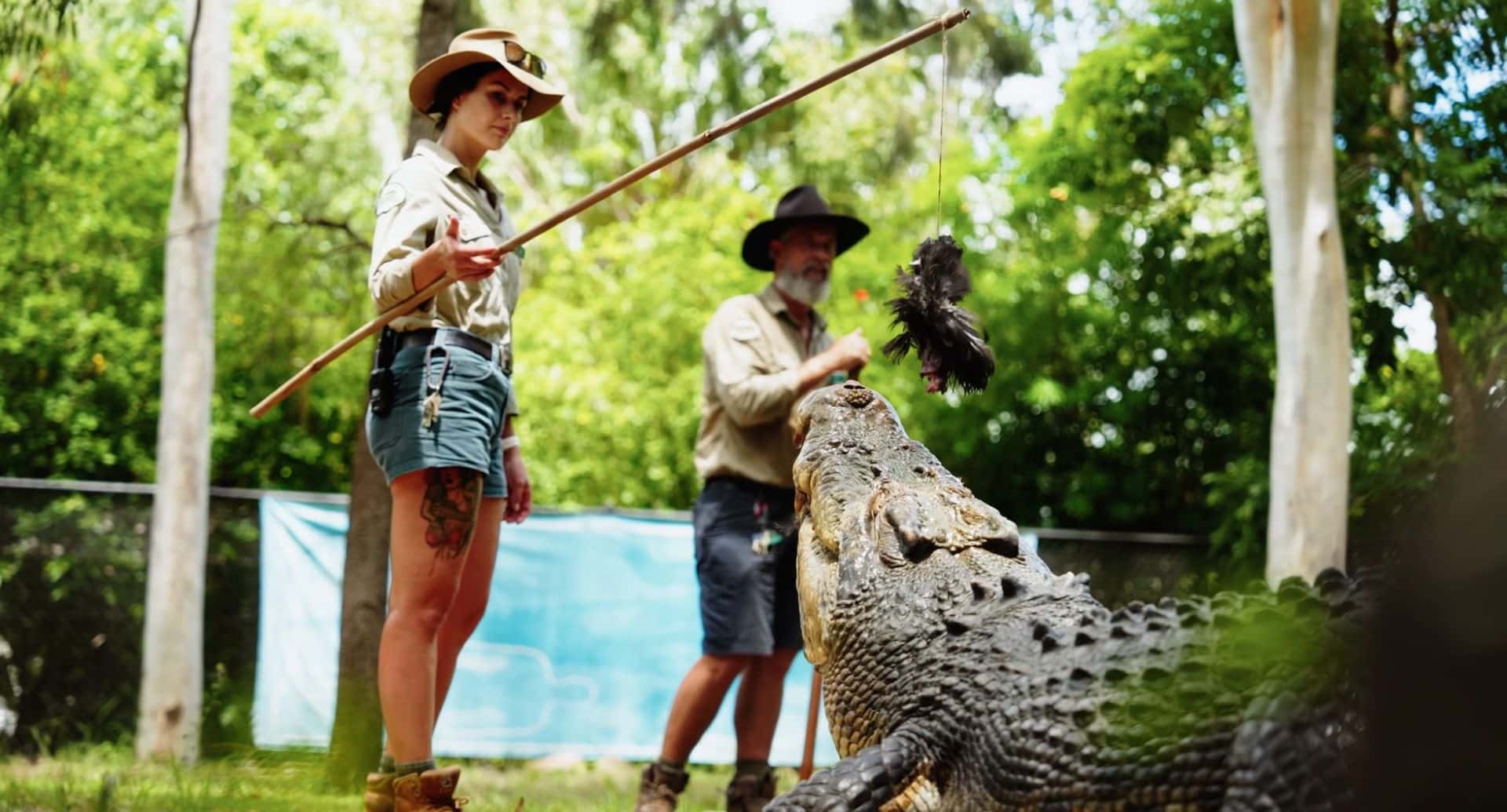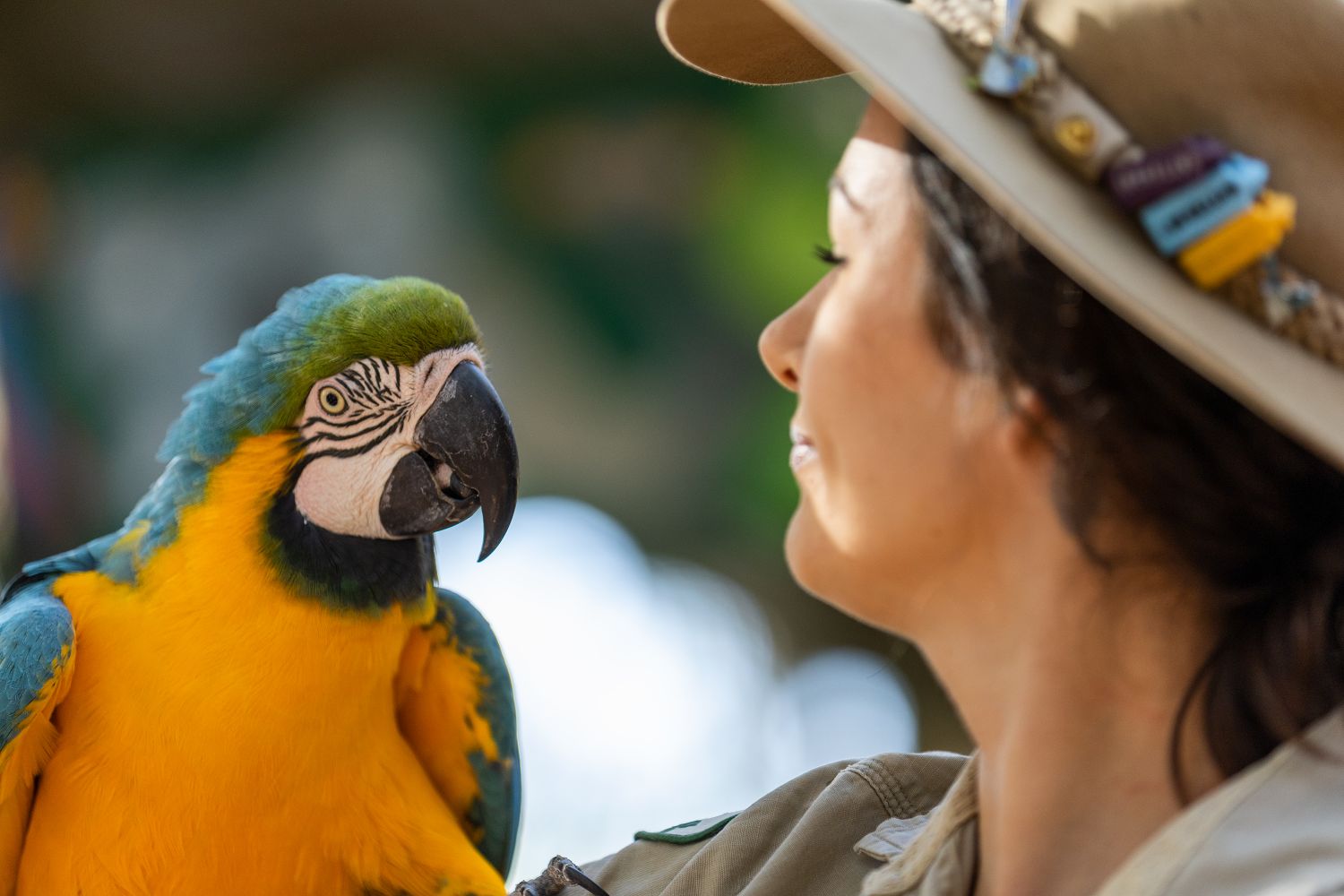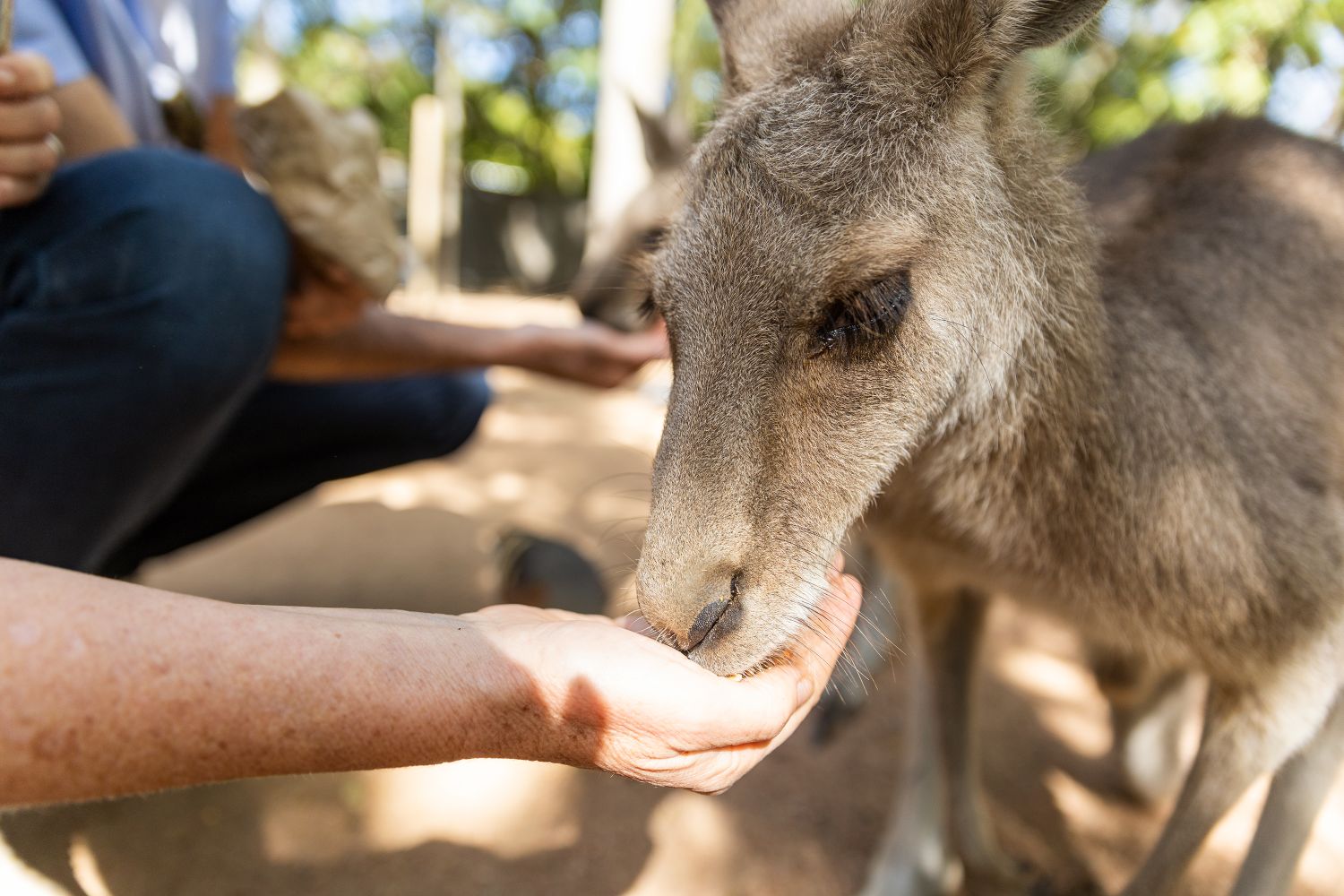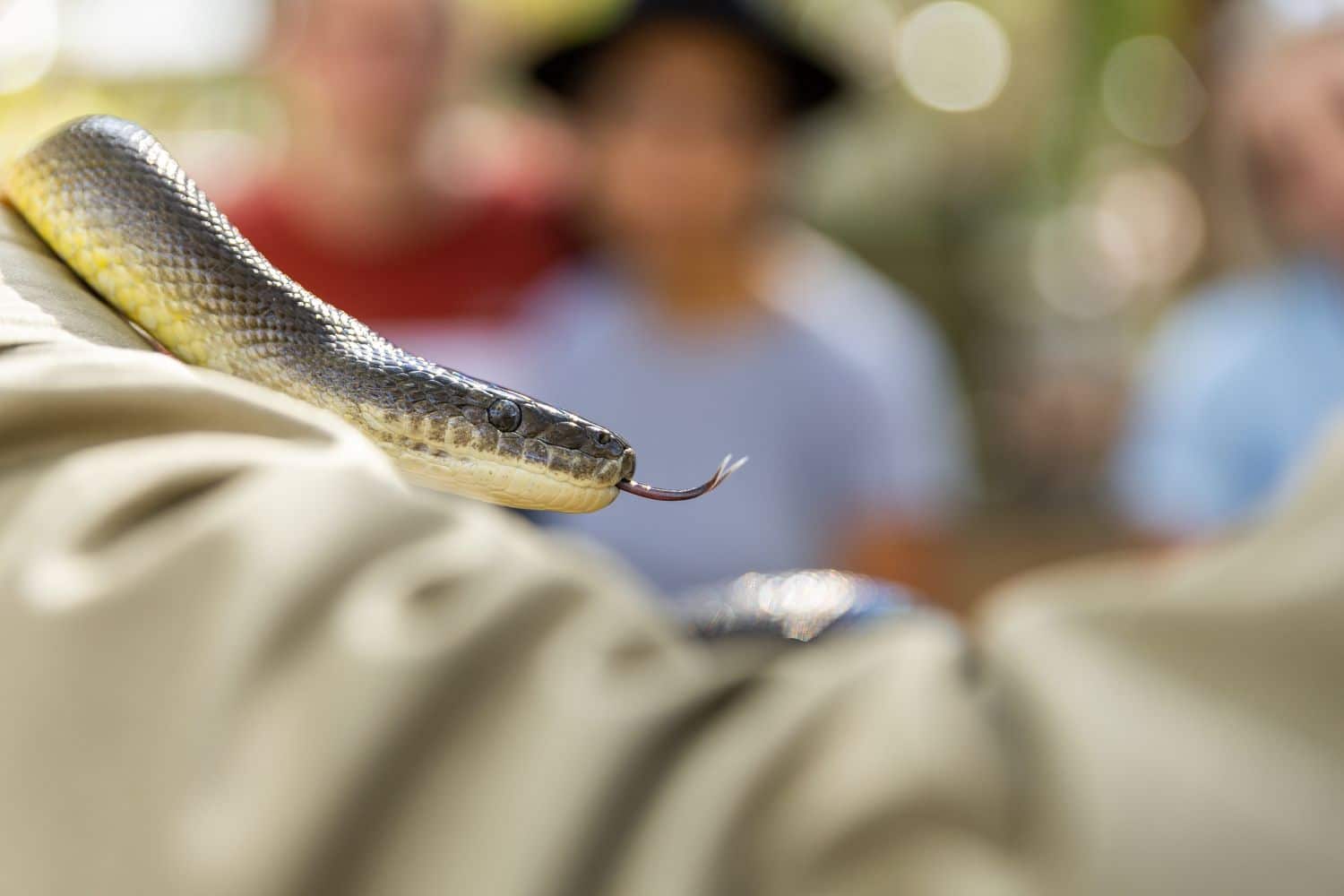WHAT’S IN A NAME?
The genus name Podargus means ‘gouty’, derived from the Greek word podagra = gout. This refers to the small, presumably weak feet of the frogmouth. Some say they walk ‘like a gouty old man’.
The species name strigoides is from the Latin strix meaning ‘owl,’ and –oides, meaning ‘in the shape of’.
Thus the scientific name means: ‘gouty owl-like’ (bird). Frogmouths do resemble owls, but they belong to a different order (Caprimulgiformes) and are more closely related to nightjars.
The name frogmouth refers to the shape of the beak – as you can see, they have a very wide mouth with a huge gape, like a frog!
The tawny frogmouth is sometimes mistakenly called ‘mopoke’. This is because its range overlaps that of the southern boobook owl, whose call is the more easily heard ‘mopoke, mopoke’. The call of the tawny frogmouth is a less distinct, low-pitched ‘oom oom oom oom ‘.
Two other species of frogmouth occur in Australia- the marbled frogmouth, restricted to rainforests, and the Papuan frogmouth of Cape York Peninsula.
WHAT DO THEY LOOK LIKE?
These are chunky birds, with big heads and long rounded tails.
Tawny frogmouths have greyish feathers, lighter below, streaked with darker grey and some reddish tints. Their large eyes have a yellow iris, and the inside of the wide, heavy beak is yellow.
Both males and females can reach 53cm in length, and weigh up to 680 grams. For their size, they tend to be heavier than owls.
They make a repetitive low-pitched, breathy call at night: “whoo-whoo-whoo-whoo-whoo”
Frogmouths are masters of camouflage: During the day they sit motionless, with eyes closed, feathers compacted, and beak upraised near the trunk of a tree or on a post, looking uncannily like a dead branch.
WHAT’S THE DIFFERENCE BETWEEN FROGMOUTHS AND OWLS?
Owls and frogmouths are nocturnal predators, but not closely related.
Owls are raptors (from the Latin ‘to seize with force’) and have large strong feet armed with long curved talons. They hunt while flying, listening for the faint rustlings of mice and lizards, and swoop down on silent wings to grasp their prey in their claws. They then use their beak to tear the prey into bite size pieces.
Frogmouths are more closely related to nightjars. Their feet are small. They tend to perch motionless on a branch, waiting for prey to come within reach. Prey is caught in their wide mouth and crushed with the side of the beak. They take much smaller prey species than owls.
The eyes of an owl face forward, while the eyes of a frogmouth are located on the side of its head.
WHERE DO THEY LIVE?
These birds are found throughout mainland Australia and Tasmania, in most habitats except for dense rainforest and deserts.
They require mature trees, both for nesting and roosting. Trees with dead branches are preferred because they offer the best background for their cryptic daytime posture.
Tawny frogmouths have adapted to human settlement: they are often seen in suburban gardens and parks, and feed on insects attracted to streetlights.
SPECIAL ADAPTATIONS
Tawny frogmouths have very large eyes and an excellent sense of hearing, which helps them locate prey in the dark.
At the base the beak are tufts of stiff feathers called rictal bristles. These may help to detect the movement of prey such as flying insects (though this has not been proven).
It has been observed these bristles help protect the frogmouth’s face and eyes from its prey. For example, if it catches a large centipede in the side of its beak, the centipede gets tangled in the bristles and can’t bite or sting the frogmouth.
The pattern of streaking on their feathers provides excellent camouflage as they are roosting. If they remain perfectly still, they look exactly like a dead branch.
If the frogmouth does feel threatened, it opens its beak, revealing the bright yellow lining, and threatens with loud clacking sounds.
Although its feet are small, they shouldn’t be described as ‘weak’. They’re exceptionally well-padded with scales and support the full weight of the bird throughout the many hours it spends roosting.
NESTING AND RAISING THE YOUNG
Tawny frogmouths form permanent pair bonds for the life of the individual bird. The pair will remain in the same territory for 10 years or more.
Nesting season is generally August through November. In the southern parts of the country, they may nest twice during the springtime.
Male and female call back and forth to each other as mating season begins.
The nest is built rather flimsily of broken twigs, set on a branch or in the fork of a tree, up to 20 metres above the ground. Often the same nest site is used year after year. Two to three dullish white eggs are laid. Male and female take turns incubating the eggs; the male generally sits during the day, and the female at night.
Chicks hatch after a month. Both parents help to feed them until they are fledged, in about a month’s time. During this time the whole family may be seen roosting side by side on a branch.
LIFESPAN
Studies of banded birds show that tawny frogmouths can live for up to 14 years in the wild.
STATUS IN THE WILD
Frogmouths are so widespread that they are not threatened: their conservation status is Least Concern.
Frogmouths play a vital role in natural ecosystems and agricultural areas. They feed on Christmas beetles which can occur in swarms large enough to defoliate large eucalyptus trees. They are also instrumental in controlling locusts, grasshoppers, crickets, rats and mice.
There are serious threats to the ongoing health of the population:
– Large-scale land-clearing of mature eucalyptus trees and intense bushfires. Frogmouths don’t readily move to other areas if their homes are destroyed.
– Introduced predators such as foxes and cats. When frogmouths pounce to catch prey on the ground, they are slow to return to flight. This leaves them vulnerable to attack. Cats may also prey on young birds.
– Widespread use of insecticides and rodent poisons. The toxins that remain in the target animals can be fatal to a frogmouth that eats them.
……………………………………………………..
Suggested reading
Tawny Frogmouth, by Gisela Kaplan, Published by CSIRO. eBook available online
